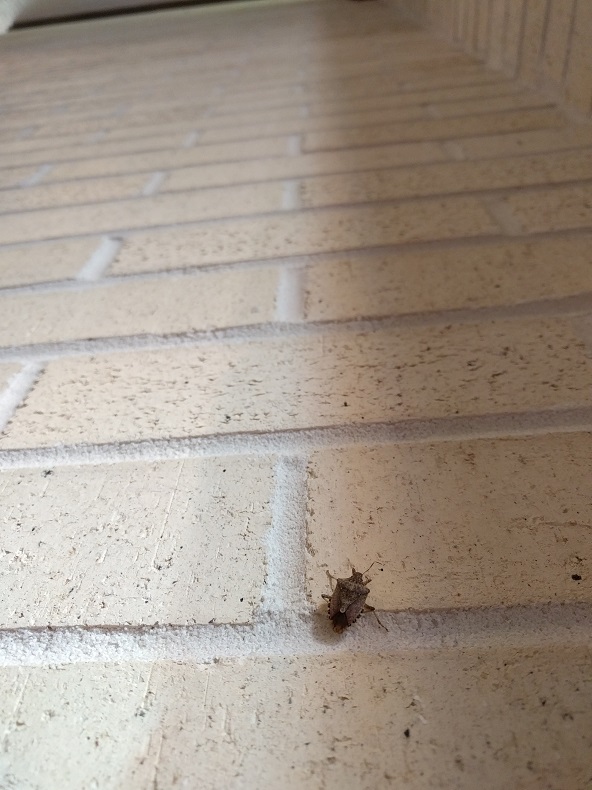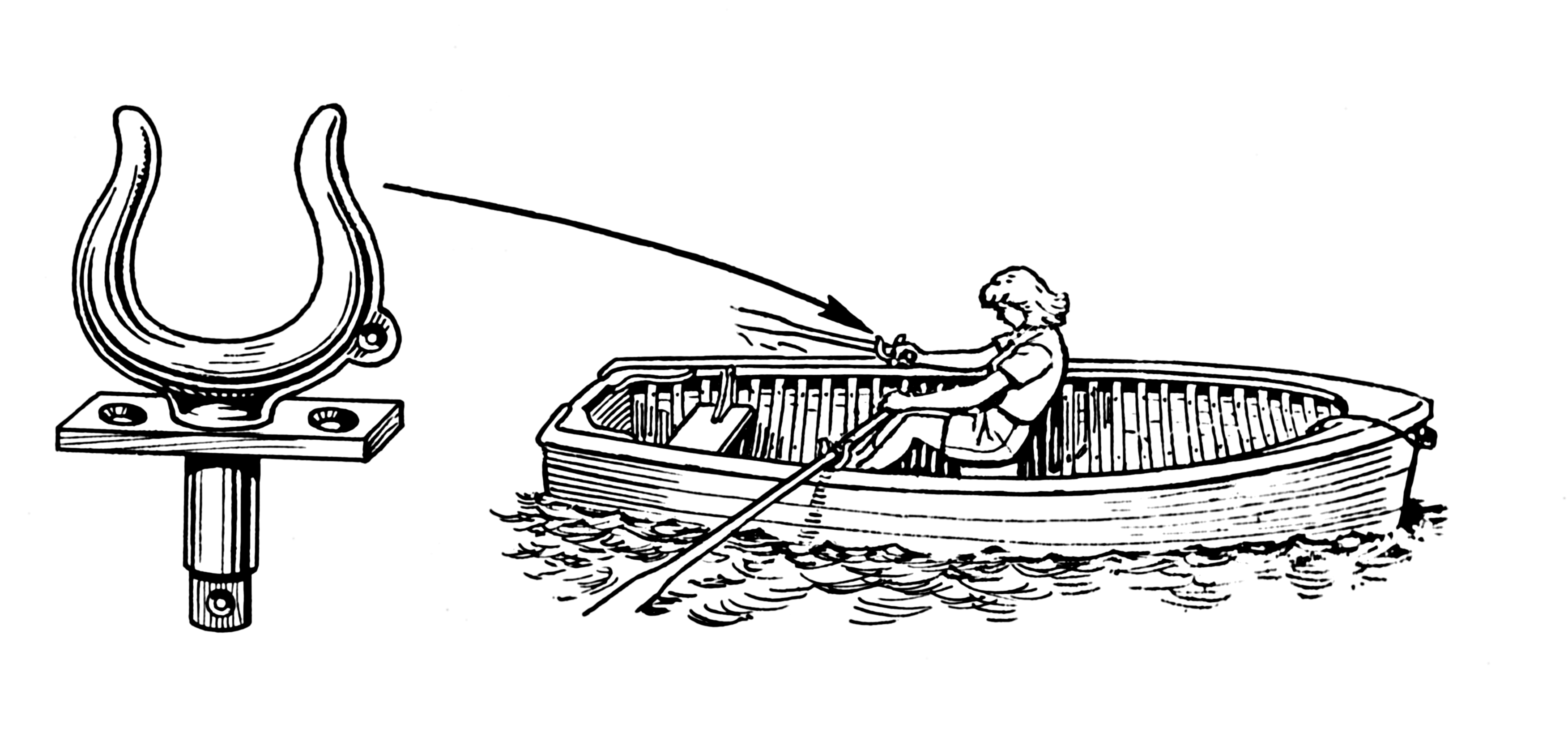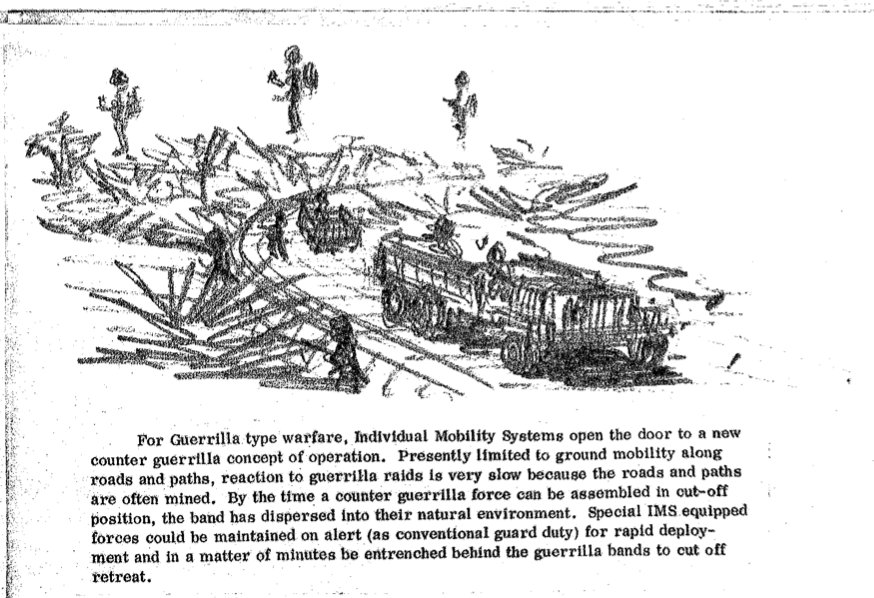 On the evening of November 29, 1944, in the small town of Hood River, Oregon, the members of American Legion Post 22 performed what they later described as a patriotic act: They went to the county courthouse and blacked out sixteen names on the plaques honoring local soldiers. All sixteen men were still overseas, fighting on behalf of the United States. All sixteen were of Japanese descent.
On the evening of November 29, 1944, in the small town of Hood River, Oregon, the members of American Legion Post 22 performed what they later described as a patriotic act: They went to the county courthouse and blacked out sixteen names on the plaques honoring local soldiers. All sixteen men were still overseas, fighting on behalf of the United States. All sixteen were of Japanese descent.
The United States government, in the midst of the racist paranoia that followed the Japanese attack on Pearl Harbor, had already “removed” some 120,000 Japanese-Americans from their homes on the Pacific Coast to internment camps in the Interior West. In Hood River, hundreds of families had been forced to abruptly sell or lease their land and board a train bound for the camps, not knowing when or if they would return.
By the fall of 1944, with the end of the war in sight, the hysterical hatred directed at Japanese-Americans had begun to subside. In Hood River, however, it was about to reach new heights.


 Last night I ran through quotes in my new book manuscript, making sure they were all amply annotated, meaning I spelled the names right. There were a lot of women in this run. For a book on the Ice Age and paleo sciences, mostly archaeology and paleontology, I’d had no trouble finding female researchers to write about and interview.
Last night I ran through quotes in my new book manuscript, making sure they were all amply annotated, meaning I spelled the names right. There were a lot of women in this run. For a book on the Ice Age and paleo sciences, mostly archaeology and paleontology, I’d had no trouble finding female researchers to write about and interview. I spent part of our recent snow day in New England on the phone talking to Richard Primack, an ecologist who studies how climate change affects seasonal events such as budburst and bird migration. I was interviewing him for another story, but as we talked, a new one came to light.
I spent part of our recent snow day in New England on the phone talking to Richard Primack, an ecologist who studies how climate change affects seasonal events such as budburst and bird migration. I was interviewing him for another story, but as we talked, a new one came to light.

